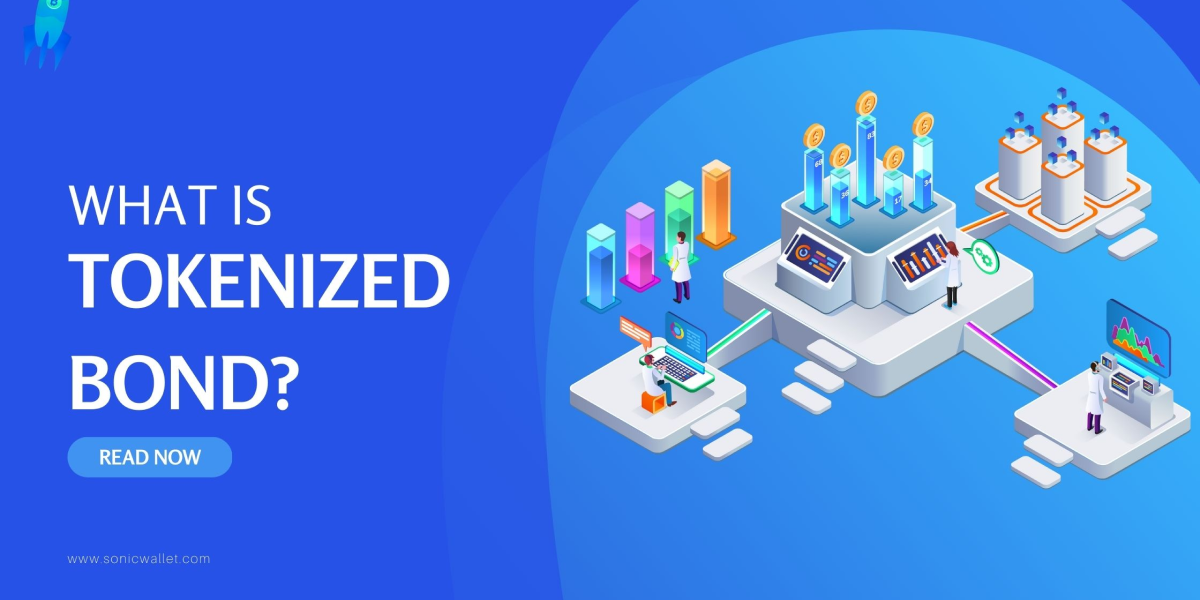What is Tokenized bonds? How are they different from traditional bonds?

Sonic Team
Author
Did you know a new type of bond issue called tokenized bonds has emerged as a result of innovation in blockchain technology?
Unlike traditional bonds, which have been the bedrock of fixed-income investing for decades, tokenized bonds provide a new avenue for users to generate funds and investors to participate in fixed-income instruments.
Before stepping into tokenized bonds, let's understand traditional bonds, then it would be easier for you to understand the mechanism and technology around tokenized bonds.
What are traditional bonds?
Traditional bonds are a form of fixed-income instrument that reflects an investor's debt to a borrower often a business, government, or other organization.
When an investor purchases a bond, they are lending to the bond's issuer, who pledges to pay back the loan with interest over a fixed time frame.
They generally have a predetermined maturity date and give investors a fixed rate of interest.
In contrast to tokenized bonds, Traditional bonds are traded on exchanges or OTC marketplaces and settled through middlemen like banks or brokerages.
Now you've understood traditional bonds, let's jump to the tokenized bonds and how they are different.
What is Tokenized bonds?
Tokenized bonds are completely digital securities generated on the blockchain, often known as DLT. They leverage encrypted end-to-end communication to automate procedures (such as settlement or defining ownership).
Issuers can now engage a broader audience of investors. With tokenized bonds, access to global audiences becomes substantially cheaper. The operations are carried out mostly digitally, and keeping records becomes paperless. Due to the capacity to interact directly with a worldwide audience without the use of intermediaries, transaction fees also dropped.
Tokenized bonds have the benefit of being able to be purchased and traded rapidly and simply on digital asset markets.
You can buy US T-bill on Sonic Wallet
As a result, they are highly liquid and available to a broader variety of investors, including individuals who might have limited access to traditional fixed-income markets.
Smart contracts may also be used to design a variety of characteristics into tokenized bonds. Smart contracts also have the potential to ensure that tokenized bonds can only be transferred to authorized investors, preventing fraud and ensuring compliance with securities regulations.
Difference between Traditional and Tokenized bonds
Liquidity
Tokenized bonds give investors better access to liquidity since they can be exchanged on blockchain-based platforms, allowing investors to purchase and trade them 24 hours a day, seven days a week, without the need for middlemen.
Traditional bonds, in contrast, are frequently traded on secondary markets, which can be less liquid and sometimes demand the intervention of administrators.
Transparent
Since all activities are stored on a blockchain, tokenized bonds are extremely transparent. Making it easy for you to monitor who owns the bond.
Traditional bonds may be less transparent because they are generally traded off on secondary markets, and ownership may be more difficult to track.
Fraud
Since Tokenized bonds use smart contracts, there are very less chances to do any fraud activity on the blockchain, they also can do claim settlement at a moment, unlike traditional bonds where everyone takes a lot of time.
Regulation
Tokenized bonds may be vulnerable to regulatory concerns because they are a completely new sort of financial product.
Traditional bonds are highly regulated, which may offer investors greater assurance and protection.
Conclusion
Tokenized bonds can completely transform the bond market by making it more affordable and competitive to a broader variety of investors. Blockchain technology and smart contracts provide quicker settlement times, more transparency, and lower transaction costs.
As blockchain technology advances and legal frameworks mature, we may witness a big movement toward the usage of tokenized bonds in the coming years.
